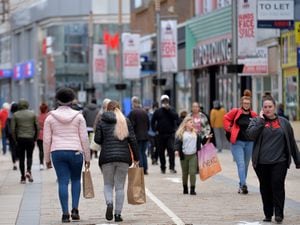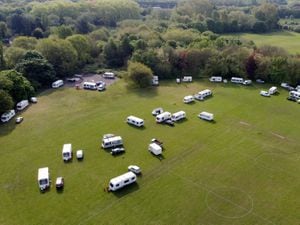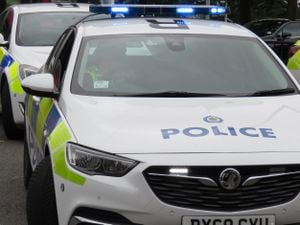Census results shows how Black Country and Staffordshire population has swelled since 2011
The number of people living in the Black Country and Staffordshire has swelled by more than 80,000 over the last 10 years.

Released by the Office for National Statistics (ONS), the results from last year's Census provide estimates on the population of England and Wales, as well as age and sex profiles of local authorities.
It showed the population of the area was now 1,460,500 compared to 1,378,781 – a rise of 81,719 since the previous census in 2011.
In Wolverhampton, the population is now 263,700– up six per cent from 249,470 in 2011. In Dudley, the figure increased by three per cent from 312,925 to 323,500, while Walsall's population rose by five per cent from 269,323 to 284,100.
In Sandwell, it was a hefty 11 per cent increase – shooting up from 308,063 to 341,900. In Stafford the number of residents rose five per cent from 130,869 to 136,800, while in South Staffordshire it was only up two per cent, from 108,131 to 110,500.
The census is crucial for the UK’s statisticians to understand how our population is changing, and plays a vital role in how public services and the government operate.
Across England and Wales, the total population grew 6.3 per cent over the past decade, from 56,075,912 in 2011 to 59,597,300 last year. This included a 6.2 per cent increase in the West Midlands, where the population rose to 5,950,800 from 5,601,847 in 2011.
There were 24.8 million households in England and Wales on census day 2021, up from 23.4 million in 2011, with an average of 2.4 people in each household – the same as in 2011.
These results are the first of many, which will be released in phases over the coming months and into 2023.





